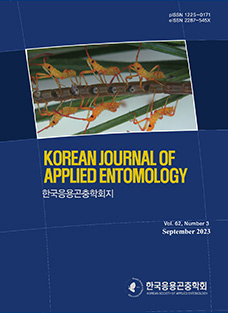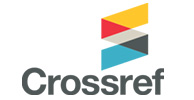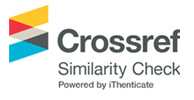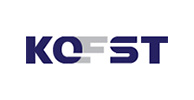팔점날개매미충(Ricania speculum)은 아시아와 유럽 일부 지역에 서식하는 노린재목 해충이다. 국내에는 최근에 유입되었는데(Choi et al., 2011;Park and Jung, 2021), 세계적으로도 농경지나 산림에서 33과 60종 이상의 다양한 목본류 식물에 직접적인 산란 피해뿐만 아니라(Fig. 1) 감로 배출, 식물병 매개 등 2차 피해를 주고 있다(Rossi and Lucchi, 2015;Lee et al., 2020;Park and Jung, 2021). 최근에는 이탈리아에서 침입이 확인되면 서(Mazza et al., 2014), EPPO (European public prosecutor's office)는 13종의 주요 기주식물을 대상으로 미국선녀벌레의 사례를 들면서 경계하고 있다(Rossi and Lucchi, 2015).
재료 및 방법
경기지역에서 팔점날개매미충이 발견된 7개 시군(군포, 남 양주, 안양, 성남, 수원, 화성, 고양) 중 밀도가 높았던 수원에서 2024년 1~12월까지 주당 1~2회 간격으로 발생소장과 기주식물을 조사하였다. 발육단계별 기주선호도는 월동 난괴, 약충, 성충 각각의 밀도가 0마리인 경우 0%[-], 1~2마리인 경우 매우 낮 음[+], 2~5마리인 경우 낮음[++], 5~10마리인 경우 보통[+++], 10~20마리인 경우 높음[++++], 20마리 이상인 경우 매우 높음 [+++++]으로 구분하였다(Lim et al., 2012;Kwon et al., 2021).
결과
외국의 사례와 같이 수원에서 팔점날개매미충은 연 1세대가 확인되었다. 월동난괴는 6월 상순부터 부화를 시작하였으며, 7월 중하순부터 우화한 성충은 8월 하순부터 산란을 시작하였다. 팔점날개매미충의 기주식물로 38과 70속 74종이 확인되었다 (Table 1). 세계적으로는 33과 60종의 기주식물이 보고되어 있는데(Lee et al., 2020), 본 연구 결과 5과 14종이 추가로 확인되었다. 한편, 주요 농작물에 대해 인위 접종을 통해 잠재적 피해를 조사한 결과 복숭아, 사과, 감, 매실, 체리, 살구, 녹차, 배, 자두, 장미, 포도 등의 피해가 우려되는 것으로 조사되었다(데이터 미삽입).
고찰
팔점날개매미충의 유사종인 갈색날개매미충의 경우 발육 단계별로 기주 선호도가 다른 것으로 알려져 있는데(Choi et al., 2017), 팔점날개매미충도 발육단계에 따라 기주 선호도 차이를 보였다(Table 1). 산란 기주로는 계수나무, 모감주나무, 괴불나무, 조팝나무 등과 같이 가느다란 1년생 가지를 갖는 목본류에 대한 선호도가 높았다. 또한, 조팝나무와 같이 모든 발육단계에서 선호도는 높았던 기주가 있던 반면, 장미나 싸리나무처럼 산란밀도는 높았으나 약충과 성충이 발견되지 않는 경우가 있어 양분을 취하는 약충과 성충 단계에서 기주 선호도는 산란 기주 대비 협소한 것으로 생각된다. 팔점날개매미충의 넓은 기주범위와 발육단계별 선호도는 결국 팔점날개매미충의 생존력과 확산에 유리하게 작용할 것으로 생각된다(Novotný, 1995). 향후 팔점날개매미충의 피해가 우려된다면 방제 시기는 약충, 성충의 발생기인 6월 중순과 7월 하순이 적정할 것으로 생각된다.










 KSAE
KSAE





